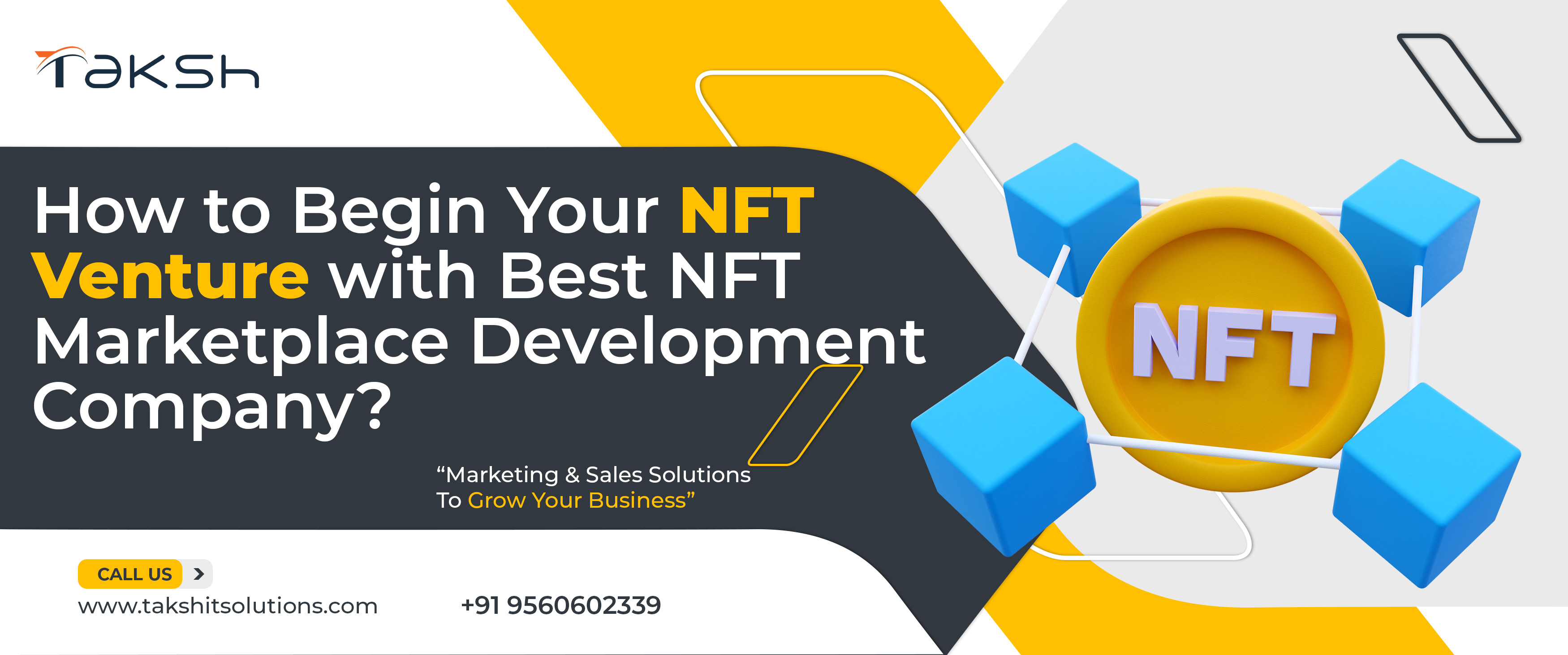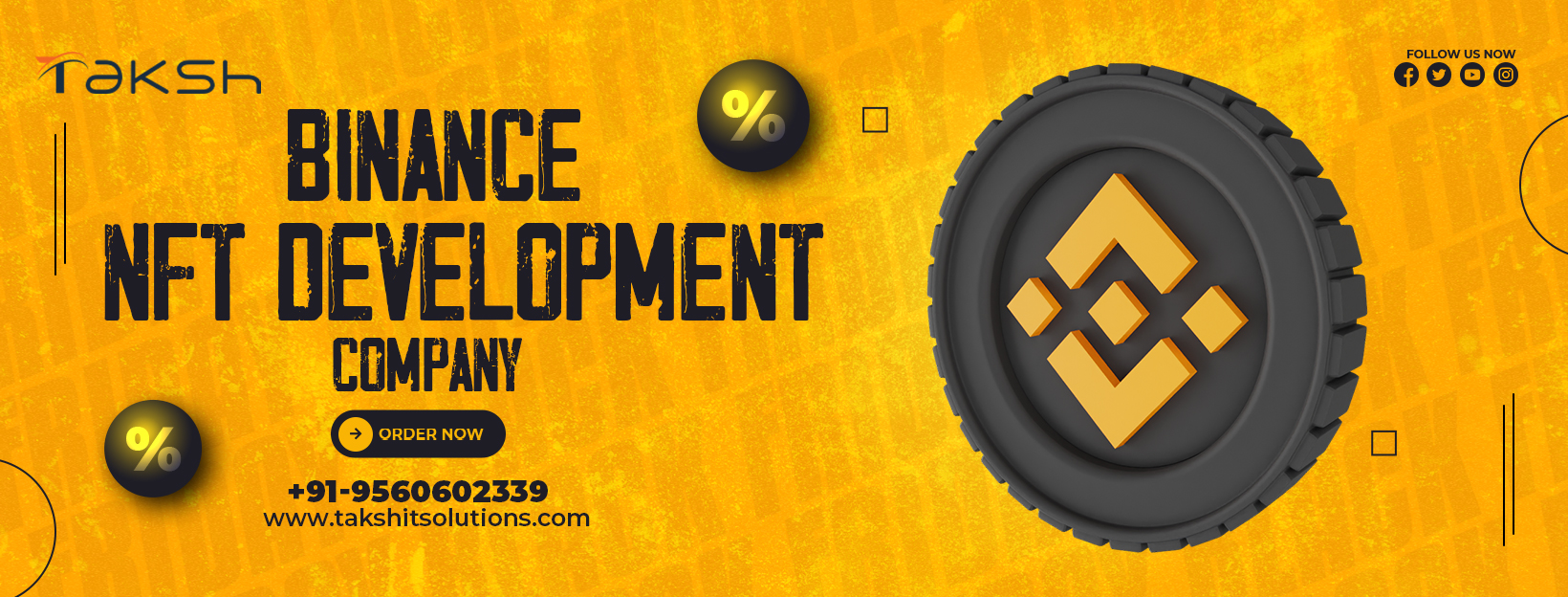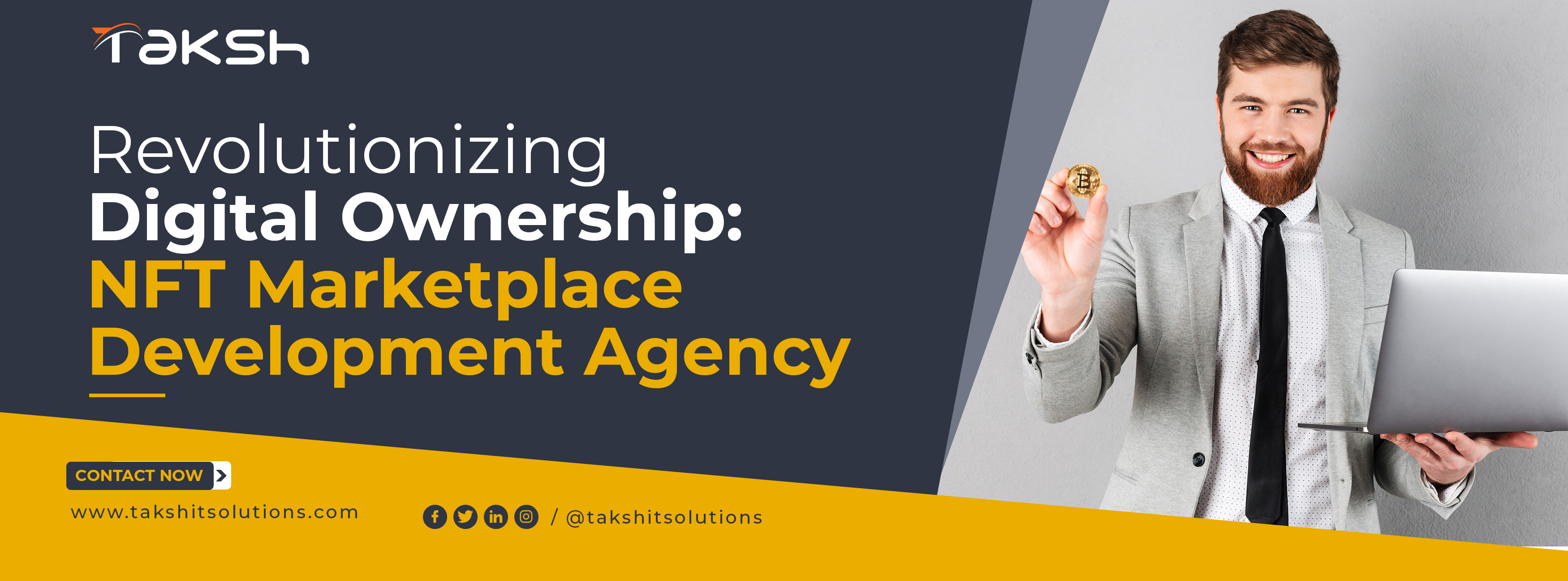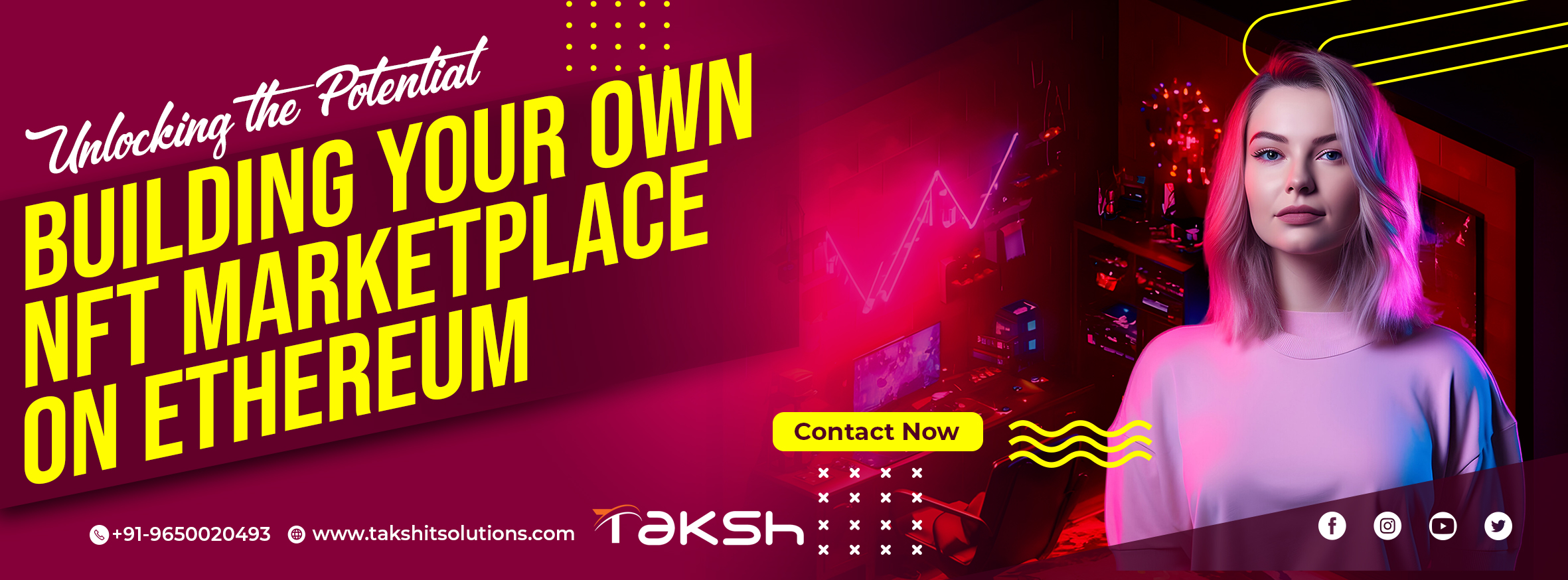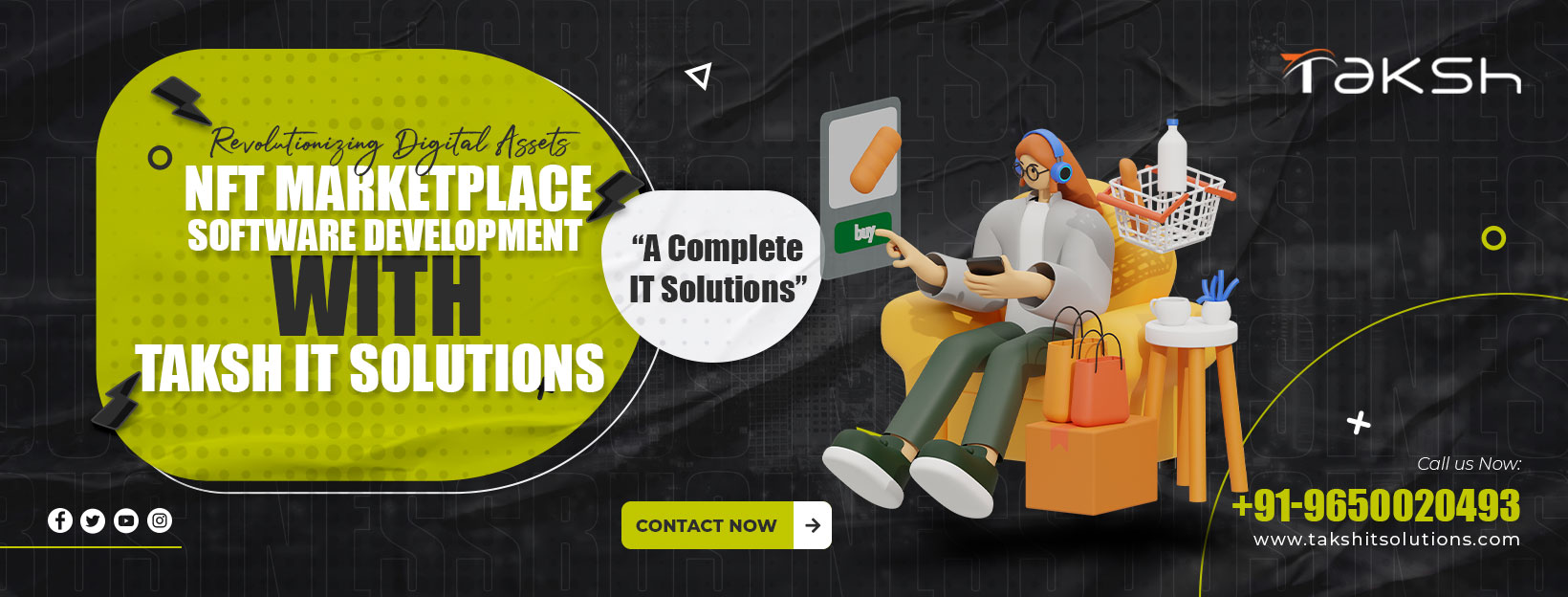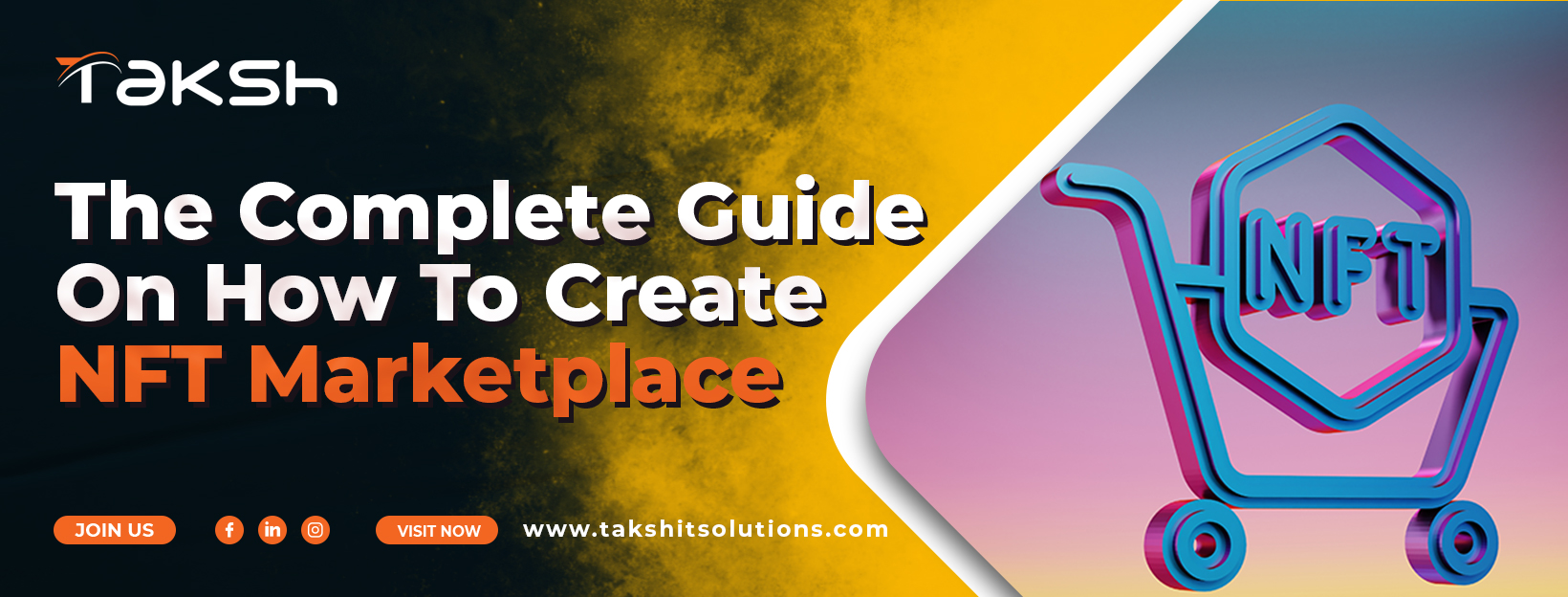
The rise of Non-Fungible Tokens (NFTs) has revolutionized the digital world, offering new avenues for artists, creators, and investors. As the NFT market continues to grow, the demand for NFT marketplaces is also on the rise. This guide aims to provide a comprehensive overview of how to create an NFT marketplace, covering everything from the basics to advanced technical details.
What is an NFT Marketplace?
An NFT marketplace is a digital platform where users can create, buy, sell, and trade NFTs. Unlike traditional assets, NFTs are unique digital assets stored on a blockchain, making them verifiable and secure. These marketplaces act as intermediaries, facilitating transactions and ensuring the authenticity of the NFTs.
Importance of NFT Marketplaces
NFT marketplaces play a crucial role in the NFT ecosystem. They provide a platform for artists and creators to monetize their work, offer investors a place to diversify their portfolios, and ensure the security and transparency of transactions. As NFTs gain popularity, having a well-functioning marketplace becomes essential for tapping into this burgeoning market.
Key Features of a Successful NFT Marketplace
1. User-Friendly Interface
A user-friendly interface is vital for attracting and retaining users. The platform should be intuitive, easy to navigate, and aesthetically pleasing. Users should be able to browse, buy, and sell NFTs with minimal effort.
2. Advanced Search and Filter Options
Advanced search and filter options help users find exactly what they’re looking for. Whether it’s filtering by category, price, or artist, these features enhance the user experience and make the marketplace more efficient.
3. Wallet Integration
Seamless wallet integration allows users to store, buy, and sell NFTs directly from the marketplace. Popular wallet options include MetaMask, Trust Wallet, and Coinbase Wallet. Ensuring compatibility with multiple wallets can broaden your user base.
4. Robust Security Measures
Security is paramount in any NFT marketplace. Implementing robust security measures such as two-factor authentication, encryption, and secure smart contracts will protect user data and transactions from cyber threats.
5. Scalability
As the user base grows, the platform must be able to handle increased traffic and transactions. Scalability ensures that the marketplace remains functional and efficient even during peak times.
6. Diverse Payment Options
Offering diverse payment options, including cryptocurrencies and fiat currencies, can attract a wider audience. Flexibility in payment methods makes the marketplace more accessible to users globally.
7. Royalties and Commission Structures
Implementing fair royalties and commission structures can incentivize creators to list their NFTs on your platform. Automatic royalty payments ensure that artists receive their due share from secondary sales.
Steps to Create an NFT Marketplace
Step 1: Define Your Niche
Identifying and defining your niche is the first step in creating a successful NFT marketplace. Whether it’s art, music, gaming, or virtual real estate, focusing on a specific niche can help you target the right audience and build a loyal user base.
Step 2: Choose the Right Blockchain
Selecting the appropriate blockchain is crucial for the functionality and security of your marketplace. Ethereum is the most popular choice due to its robust smart contract capabilities and widespread adoption. Other options include Binance Smart Chain, Flow, and Tezos, each with its own set of advantages and drawbacks.
Step 3: Design the Architecture
Designing the architecture involves planning the front-end and back-end development. The front-end is responsible for the user interface, while the back-end handles the logic, data storage, and blockchain integration. Choosing a scalable architecture is essential for handling future growth.
Step 4: Develop Smart Contracts
Smart contracts are self-executing contracts with the terms of the agreement directly written into code. They are the backbone of any NFT marketplace, ensuring the security and transparency of transactions. Developing secure and efficient smart contracts is crucial for the success of your platform.
Step 5: Integrate Wallets
Integrating popular wallets like MetaMask and Coinbase Wallet allows users to interact with the marketplace seamlessly. Ensuring compatibility with multiple wallets can enhance user convenience and broaden your audience.
Step 6: Implement Security Features
Implementing robust security features is essential to protect user data and transactions. This includes encryption, two-factor authentication, and regular security audits. Security breaches can severely damage your platform’s reputation, making it imperative to prioritize security.
Step 7: Develop the Front-End
The front-end development focuses on creating an intuitive and aesthetically pleasing user interface. This involves designing web pages, creating user profiles, and ensuring smooth navigation. A well-designed front-end can significantly enhance user experience.
Step 8: Test the Platform
Before launching, thoroughly test the platform to identify and fix any bugs or issues. This includes functional testing, performance testing, and security testing. A well-tested platform ensures a smooth user experience and reduces the risk of post-launch problems.
Step 9: Launch the Marketplace
Once testing is complete, it’s time to launch the marketplace. A successful launch involves marketing your platform, attracting initial users, and continuously monitoring performance to address any issues promptly.
Marketing Your NFT Marketplace
Leverage Social Media
Social media is a powerful tool for marketing your NFT marketplace. Platforms like Twitter, Instagram, and TikTok can help you reach a large audience and engage with potential users. Regularly posting updates, hosting giveaways, and collaborating with influencers can boost your platform’s visibility.
Content Marketing
Creating valuable content around NFTs and your marketplace can attract organic traffic. This includes blog posts, tutorials, and how-to guides. SEO-optimized content can improve your search engine rankings and drive more visitors to your site.
Community Building
Building a community around your marketplace can foster loyalty and engagement. This can be achieved through forums, social media groups, and Discord servers. Engaging with your community and addressing their concerns can help build trust and credibility.
Paid Advertising
Paid advertising on platforms like Google AdWords, Facebook Ads, and LinkedIn can help you reach a targeted audience. Investing in paid ads can generate immediate traffic and accelerate your platform’s growth.
Partnerships and Collaborations
Partnering with popular artists, creators, and influencers in the NFT space can boost your platform’s credibility and attract their followers. Collaborations can take the form of exclusive drops, joint marketing campaigns, and influencer endorsements.
Legal Considerations
Compliance with Regulations
Ensuring compliance with local and international regulations is crucial for the legal operation of your marketplace. This includes adhering to anti-money laundering (AML) and know your customer (KYC) requirements.
Intellectual Property Rights
Respecting intellectual property rights is essential to avoid legal issues. This involves verifying the authenticity and ownership of NFTs listed on your platform and addressing any infringement claims promptly.
Terms of Service and Privacy Policy
Drafting clear and comprehensive terms of service and privacy policy documents is necessary to outline the rights and responsibilities of users. These documents should cover aspects like user conduct, dispute resolution, and data privacy.
Future Trends in NFT Marketplaces
Integration with Metaverse
The integration of NFT marketplaces with the metaverse is a growing trend. This allows users to buy, sell, and trade NFTs within virtual worlds, enhancing the utility and value of NFTs.
Increased Interoperability
Future NFT marketplaces will likely focus on increased interoperability, allowing users to transfer and trade NFTs across different platforms and blockchains. This will enhance the liquidity and accessibility of NFTs.
Enhanced User Experience
As competition increases, enhancing the user experience will become a key differentiator. This includes personalized recommendations, gamification, and improved UI/UX design.
Adoption of Layer-2 Solutions
To address scalability issues, more marketplaces will adopt layer-2 solutions like Polygon and Optimism. These solutions offer faster transactions and lower fees, improving the overall user experience.
 +91 9650020493 |
+91 9650020493 |  business@takshitsolutions.com |
business@takshitsolutions.com |  |
|  |
|  |
|  |
| 
Conclusion
Creating an NFT marketplace is a complex but rewarding endeavor. By focusing on user experience, security, and scalability, you can build a platform that attracts and retains users. Staying ahead of trends and continuously improving your platform will ensure long-term success in the ever-evolving NFT space. At Taksh IT Solutions Private Limited, we specialize in developing cutting-edge NFT marketplaces tailored to your needs. Let us help you bring your vision to life and tap into the booming NFT market.
Thank you for reading our Binance NFT Marketplace Development Agency blog. We look forward to sharing more insights and tips with you in the future!
Feel free to contact us for Binance NFT Marketplace Development Services.
Business Email Id: business@takshitsolutions.com
Contact Number: +91 9560602339 / +91 9650020493
If you want to read more information about Cryptocurrencies Software, E-commerce Software, CRM Software, ERP Software, Decentralized MLM Software, Digital Marketing Services and much more, just visit https://blog.takshitsolutions.com




